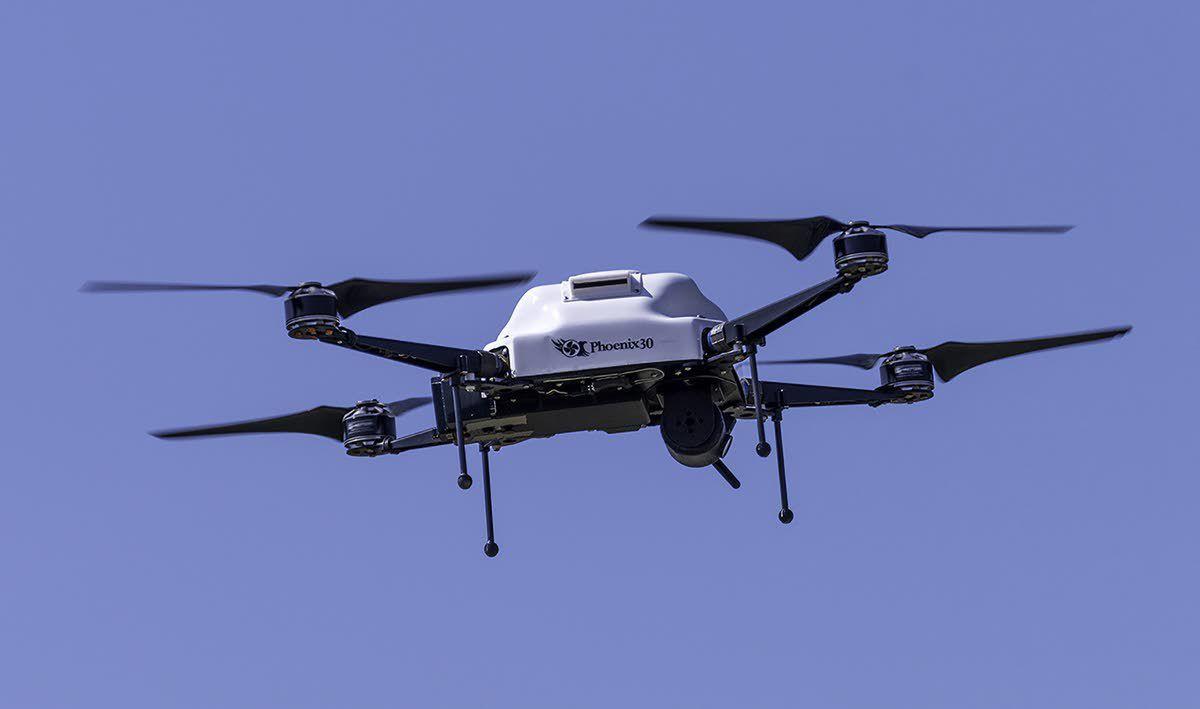
Canada’s ultralight aircraft operators say proposed rules to allow drones that weigh more than ultralights to fly in rural airspace, including beyond visual line of sight are a significant risk for manned operations. In a comment filed to Transport Canada over its April proposal to expand the scope and nature of drone operations, the Ultralight Pilots Association of Canada says the risk assessment used to guide the proposed rules is flawed when it comes to determining airspace activity. “The RPAS task force uses the term ‘isolated area’ for both Ground and Air Risk giving a flawed result for Air Risk,” UPAC says in its comments. “Ground population density has nothing to do with the amount of air traffic over an area.”
As part of its risk assessment, TC uses the proximity of registered airports to determine the classification of airspace for drone operations but UPAC says it wilfully ignores the fact that more than two-thirds of the operational aerodromes in Canada are unregistered. “Transport Canada knows that manned aircraft operate everywhere in Canada,” UPAC says. The organization is also concerned that drones as large as 650 kg. will be permitted in restricted operations and that BVLOS operations will be allowed in “isolated areas where there are no traditional aircraft.” The proposed rules are a step toward allowing greater utility of unmanned aircraft and to give the burgeoning industry a framework for increased access to airspace.
